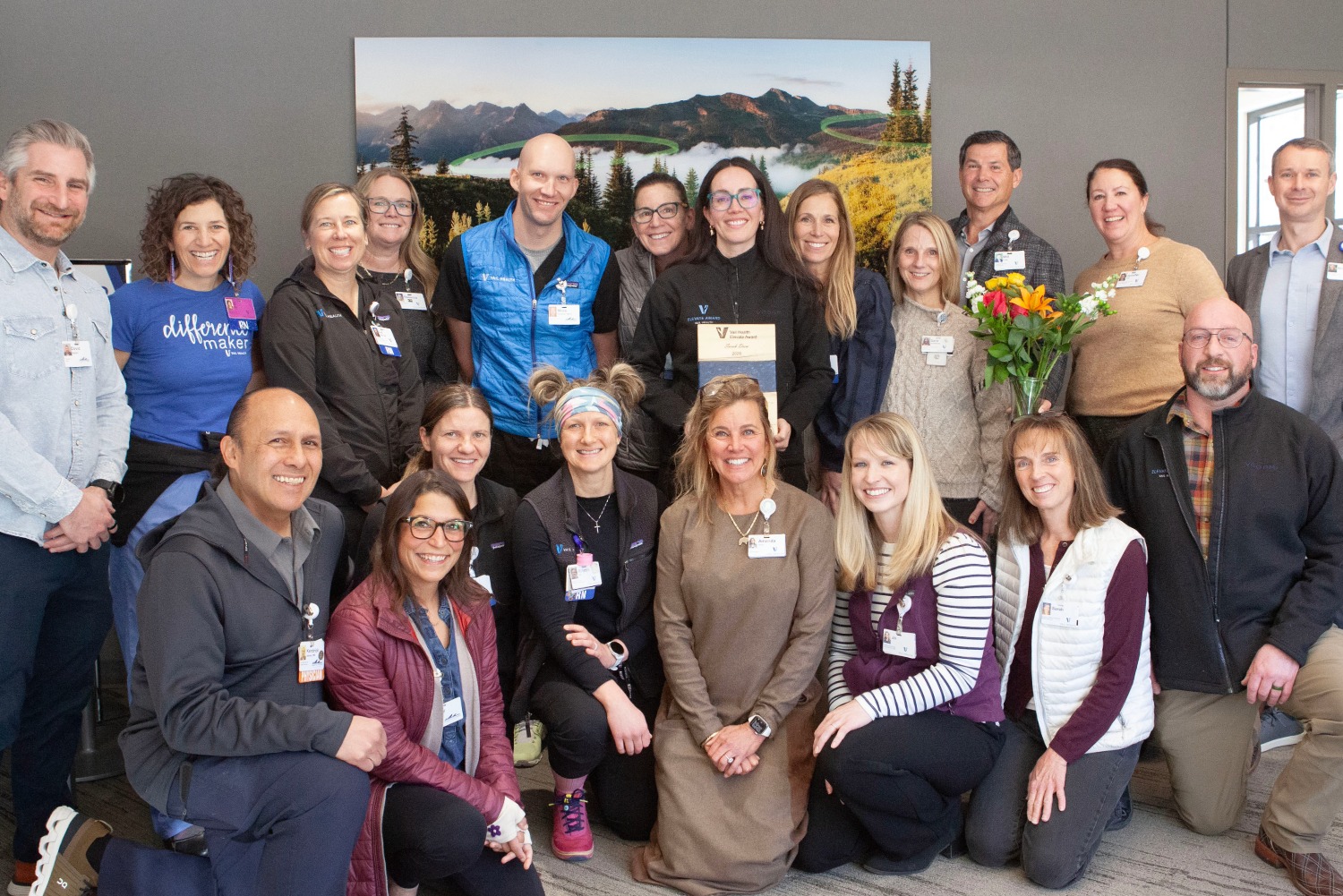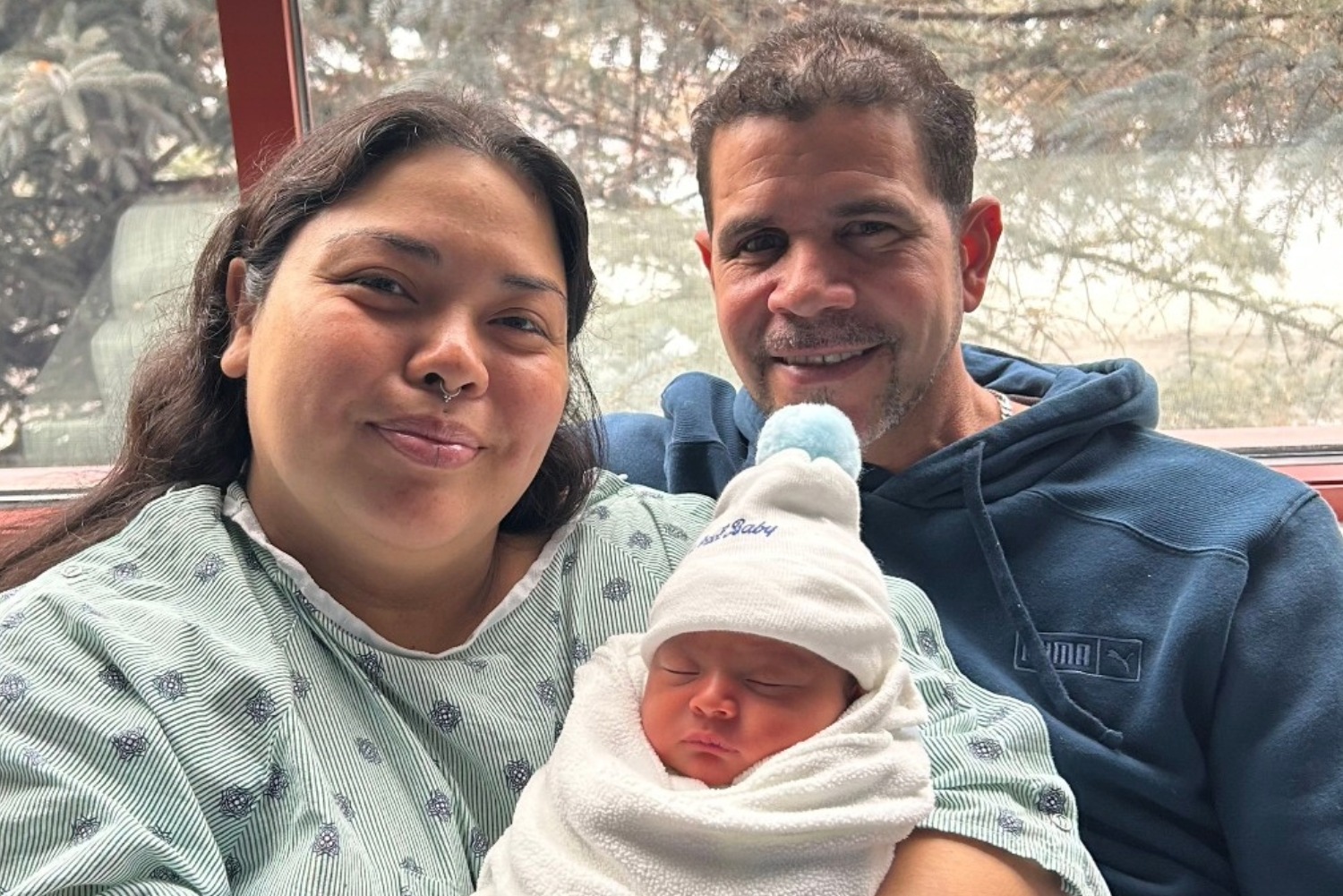News
Vail Valley Medical Center Offers 3D Cancer Prevention
When Dr. Janice Ugale first learned of Breast Tomosynthesis about five years ago she recognized it was the next big breakthrough in breast cancer detection. The breast imaging radiologist knew the new 3D technology had the potential to detect small hard-to-find cancers much earlier increasing cancer detection by as much as 40 percent and better diagnostics for dense breasts. She couldn't wait to offer the groundbreaking technology to patients at the Sonnenalp Breast Center.
In May the Sonnenalp Breast Center a service of the Vail Valley Medical Center at Shaw Regional Cancer Center began offering cutting-edge 3D screenings with the first FDA-approved Breast Tomosynthesis machine. Breast Tomosynthesis is the greatest advancement for mammography for the last 30 years said Doris Kirchner president and CEO of Vail Valley Medical Center.
We now offer the finest in breast mammography to the communities we serve. Early detection of breast cancer is our best approach to successful treatment and survival and it is vital to have state-of-the-art equipment to do that said Peggy Carey vice president of the Shaw Regional Cancer Center in Edwards home to the Sonnenalp Breast Center.
A comprehensive look
Ugale compares the advantages of 3D mammography to the advantage of the CT scan over film. With an X-ray which is used in a traditional mammogram radiologists see the breast in a flat image. Even the digital 2D mammogram still provides a static overlaid image which is read in one frame. The 3D mammogram just like a CT scan builds detailed comprehensive pictures by taking multiple images in an average of 15 1-millimeter slices. These quick crisp images are stacked and then read by the radiologist layer by layer much like pages of a book. Fine details and cancers are no longer hidden by breast tissue.
Hologic the producer of the 3D technology says it increases detection of all cancers by 27 percent and invasive breast cancers by 40 percent but to the patient the process will look very much the same.
While Breast Tomosynthesis is proving advantageous to all women one of its more promising elements is its ability to penetrate previously hard to read breasts.
Technological tools
Helping monumentally with this effort is Quantra software. Vail Valley Medical Center is the first facility in Colorado to have this breast-density reading software. Radiologists use a scale of 1-4 to rate the denseness of the breast with 1 being the least dense fatty tissue and 4 being extremely dense. In the past explains Ugale radiologists have had to eyeball the density. The Quantra software applied to the imaging gives the radiologists a scientific algorithm by determining the number of pixels in the breast image said Colleen Berga manager of the Sonnenalp Breast Center and an interventional mammography technologist.
The purchase required an entire package of the machine software technical support and training. Rosana Faessler founder and president of the Sonnenalp of Vail foundation along with the Vail Breast Cancer Awareness Group and the Vail Valley Medical Center Volunteer Corp were responsible for raising the funds to bring 3D technology to our community.
For the past three seasons the Sonnenalp of Vail Foundation has earmarked the entire net proceeds raised from its annual Scramble Against Cancer Golf Tournament towards this purchase.
In an effort to make sure all women have access to this amazing new technology the Vail Valley Medical Center will not charge patients additional fees for the increased cost of the technology.
More News
-
New!
More

Sarah Drew Honored as Recipient of Vail Health Elevate Award
Sarah Drew, MSN, FNP-C, ENP-C, Senior Director of Emergency and Trauma Services at Vail Health, has been named the recipient of the Vail Health Elevate Award.
-
New!
More

First Baby of 2026
It's a boy! Vail Health Hospital welcomed the first baby born in 2026 on January 5 at 7:48 p.m.
-
More

Screening Secrets: What Every Man Should Know About Prostate Cancer Screening
Prostate cancer is the most common type of non-skin related cancer in men, and it is the second leading cause of cancer-related deaths in men within the United States, behind lung cancer. Fortunately, if caught early, prostate cancer remains highly treatable and curable with minimally invasive procedures.





